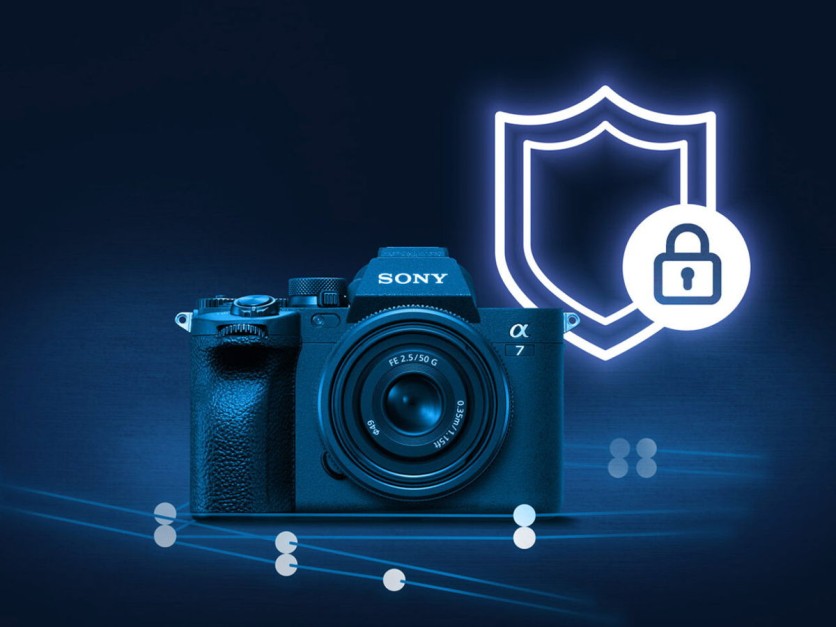Sony Electronics has proudly declared the conclusion of a second phase of testing in collaboration with the Associated Press for Sony's in-camera authenticity technology. This innovative technology generates a digital signature within the camera, essentially creating a birth certificate for images and verifying the content's origin.

Concluding Testing for In-Camera Authenticity Technology
Amidst the rapid evolution of generative artificial intelligence (AI) technology, the demand for content authenticity tools has never been more pressing.
Sony and the Associated Press (AP) have successfully concluded testing on their advanced in-camera authenticity technology, offering a robust solution to combat the rise of counterfeit images and empowering photographers and consumers with the tools necessary for photo verification.
While Sony's participation in the Coalition for Content Provenance and Authenticity (C2PA) last year signified a commitment to the cause, Peta Pixel reported that the transition from conceptualization to practical implementation has taken some time. However, the wait is now on the brink of completion.
Following extensive and ongoing testing, the AP, which has exclusively equipped its photographers with Sony gear since 2020, collaborated closely with Sony to achieve what the company deems significant progress in addressing the challenge of content authenticity.
Sony's latest in-camera solution introduces a distinctive approach, creating a digital signature at the moment of capture without the need for specialized hardware, unlike Leica's M11-P.
Existing camera models like the Sony a1 and a7S III are set to support in-camera signatures and C2PA authentication, and the upcoming Sony a9 III is anticipated to be a preferred choice for many photojournalists, integrating this advanced authentication technology.
Upon activation, this authentication technology establishes an unbreakable digital chain when a photo is taken, providing clarity on the authenticity or potential manipulation of an image for both news outlets and their audiences.
Growing Concern About Manipulated Imagery in Journalism
Neal Manowitz, President and COO of Sony Electronics, acknowledges the dual impact of generative AI on creative expression and the growing concern about manipulated imagery in journalism. He underscores the real-world social impact of disseminating false information and images, emphasizing Sony's commitment to addressing this challenge.
PR Newswire reported that Sony actively contributes to the Coalition for Content Provenance and Authenticity (C2PA) steering committee, playing a role in establishing the current industry standard for tracking editing and manipulation of imagery.
David Ake, the Director of Photography at the AP, emphasizes the significant threat posed by fake and manipulated images to news organizations. Beyond contributing to mis- and disinformation, these images undermine the public's trust in accurate and factual reporting.
Ake expresses pride in collaborating with Sony Electronics to develop an authentication solution aimed at addressing this critical issue.
The latest field test, marking the second phase according to Sony, concluded in October. This month-long testing period involved rigorous assessments of the digital signature and C2PA technology within the context of a real-world photojournalism production workflow.
To ensure the preservation of the digital signature without disrupting professional workflows, Sony and the AP partnered with Camera Bits, the developer of the widely-used workflow software Photo Mechanic. They integrated technology into the app that safeguards a camera's digital signature throughout the metadata editing process.

ⓒ 2025 TECHTIMES.com All rights reserved. Do not reproduce without permission.




